A Plumber Reveals: 3 Things I Wish My Clients Knew | Houzz
A good
plumber is worth their weight in gold, swooping in and working their magic so you can once again experience the joy of a hot shower or a toilet that flushes without flooding the floor. But many of us have little to no clue about how a plumbing system actually works, which can lead to miscommunication, delays and extra costs when a plumber visits.
Having some basic knowledge can save headaches all around, says Pino Tarquinio, a licensed plumber and technical support officer at
Methven. Here are three important things he wishes every client knew before he turned up on their doorstep.
1. Make sure your water pressure is set rightAustralian standards state that
the pressure of water entering your home must be limited to 500 kPa (or
kilopascals).If the water pressure is too high or low you can run into a host of problems, which can end up requiring a call out to a
plumber.Unsure what your water pressure is? You can check it with a pressure gauge (these are available at hardware stores) or ask a licensed plumber to assess it for you. If pressure is above 500 kPa, your plumber will need to fit a pressure-limiting valve to your plumbing system.
Need an expert to look at your plumbing system? Find a local licensed plumber near you on Houzz
If your water pressure is too high, you may notice things such as your garden hose bursting out of the connector when you turn it on; loud clunking when you turn on the hot-water tap (note this is different to ‘water hammer’ or pipe rattling, which is a sign that pipework has not been secured correctly); or a shortened lifespan of your
storage hot-water system.Poor water flow is the first sign your water pressure is too low. You can check this by turning on two taps at once and looking out for a noticeable drop in water performance from one of them.
There are three types of hot-water systems:
- Gravity-fed: These systems are generally located in a property’s roof cavity, and they use the force of gravity to propel hot water through the plumbing system. Gravity-fed systems are an older type that you won’t normally see in new builds. They can deliver low water-flow rates, which results in poor plumbing performance.
- Storage: With this style, a large hot-water tank is filled and then replenished after use. It can be located inside or outside a property.
- Instantaneous: This is the type of system you’ll see in most contemporary homes. Cold water enters the system and is heated as it is used, which means that homeowners receive a constant supply of hot water. The tank is fairly compact and can be found either inside or outside the home.
3. Be aware of your limitationsIt’s human nature to think you’ll save money by doing jobs yourself. But the fact is, a
badly executed DIY job can end up costing you more than hiring a professional in the long run.
You can damage the products you’re installing, which means you may need to buy them twice (many suppliers require a licensed plumber to install tapware, for example, so doing it yourself voids the warranty).
You can also run into a host of serious issues if you don’t seal or waterproof fixtures properly. If, for example, water leaks behind a wall because you have not installed tapware or a shower correctly, you may not even realise there’s a problem until structural problems affect your home, such as when timber supports start to rot.
When to Call a Plumber About a Faulty Appliance
The one thing I always get asked is…“How much will it cost?” Clients want to be reassured they won’t be overcharged.
I tell them that every job is different. What it
costs will depend on the complexity of the job and the number of hours required.
My golden nuggetJust as the electrical systems in your home need to be fitted with surge protectors, your
plumbing systems needs to be fitted with a pressure-limiting valve too. By keeping your water pressure at 500 kPa, it will prevent any unnecessary stress on your plumbing system and ultimately extend its lifespan – while preventing any nasty pressure-related surprises.
A pressure-limiting valve is typically installed on the pipework beside your household water meter in the section just before the pipe goes underground. Installing a pressure-limiting valve is not a job you can safely DIY – you will need to call out a licensed plumber to do it.
http://www.facebook.com/pages/LJ-Gilland-Real-Estate-Pty-Ltd/169194919788253
http://www.ljgrealestate.com.au
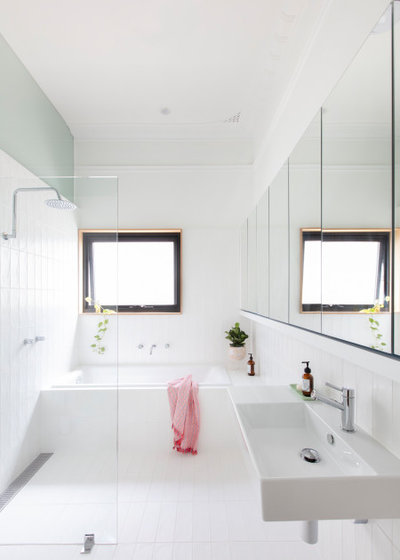
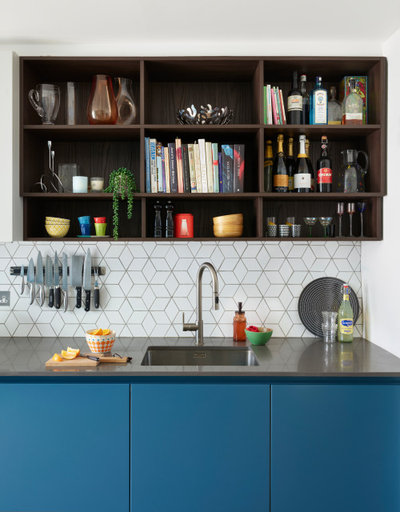
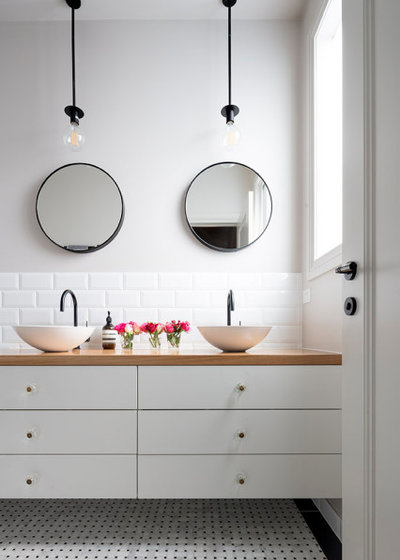
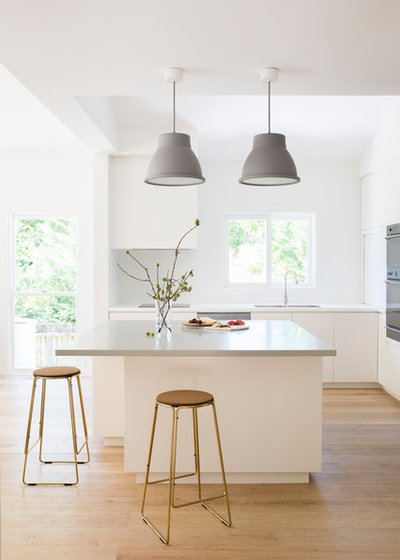
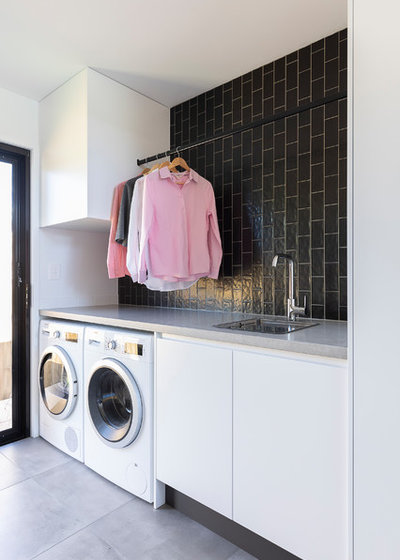
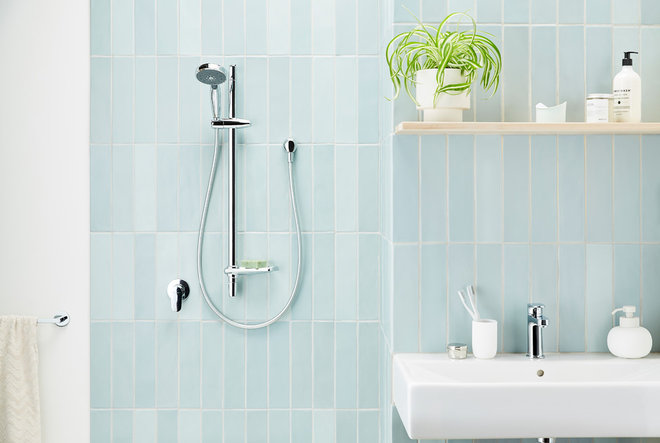
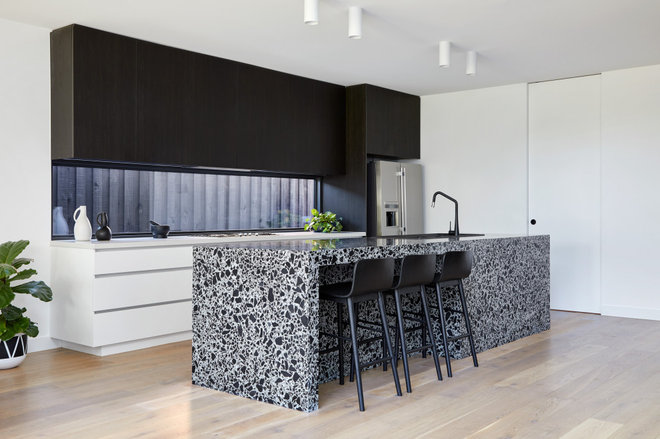
No comments:
Post a Comment